1996 Scavenger / Frozen Moose Entertainment
Platforms: PC DOS, Sony PlayStation and SEGA Saturn
Into the Shadows (ITS) was a 3D fighting game, originally scheduled for release in 1995, and was being programmed by Magnus Högdahl and Fredrik Huss, with graphics by Mikko Tähtinen and music by Magnus Högdahl.
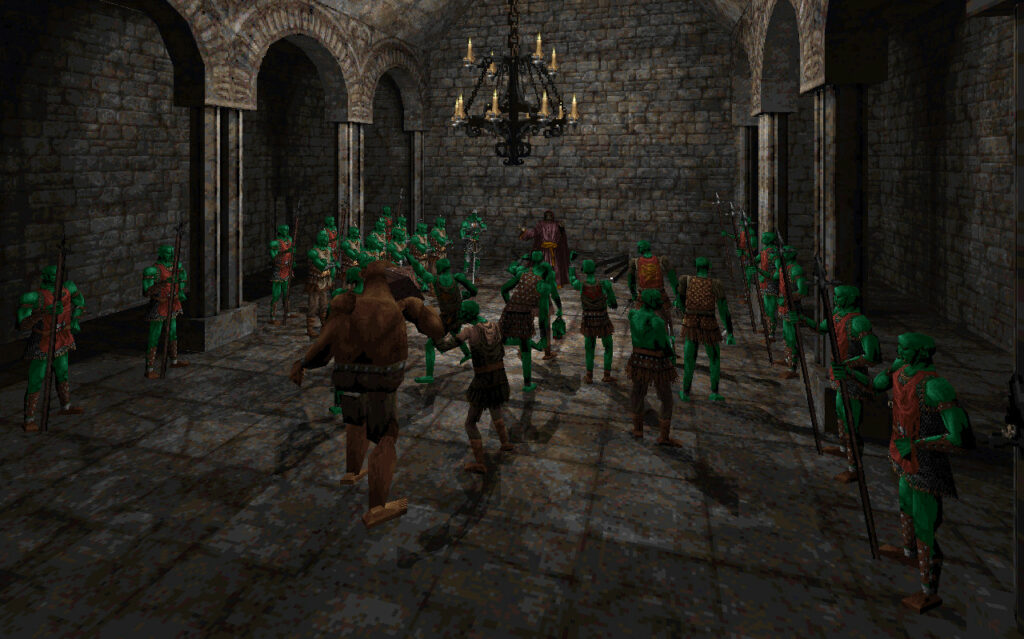
The game originally came from the Swedish demo group Triton, who then were contracted by Scavenger to further develop the game. The basic plot according to this old webpage, was that an evil Wizard has kidnapped a baby and you must save them by killing the wizard, freeing the child, and saving the world.
It was a fighting game set in a fantasy environment with an inventory of weapons and keys. As well as fighting, there was an exploration element to the game too. By 1996, the game had been apparently in development by that point for three years.
ITS was first displayed at the E3 computer show in 1995 on the Scavenger stand, and again the year after in 1996 – which featured a large and impressive Tarantula robot skeleton as part of the display (which was due to their upcoming game Tarantula, which was also never released).
The non-interactive demo shown would feature some highly impressive animations, leading to comparisons to the soon-to-be-released Quake at the time. The engine for ITS was felt by many to be better than that of the I.D game, as it could run on a lower spec PC and still run decently.
There were also suggestions that there was a disagreement between the developers and Scavenger, which had caused problems. We hope to confirm this in the future – but when Scavenger hit legal and financial troubles and closed their doors, it seems the developers formed a new group called Frozen Moose Entertainment.
They had the rights to continue development, but decided to do a new game which they described as being much better than ITS. ITS was declared dead by Frozen Moose Entertainment in June 1997.
Those behind ITS went on to create the Swedish game company Starbreeze, which became known primarily for its Chronicles of Riddick series of games. However, in 2004 – they released a game called Knights of the Temple: Infernal Crusade – which looks like it had a lot of inspiration from ITS.
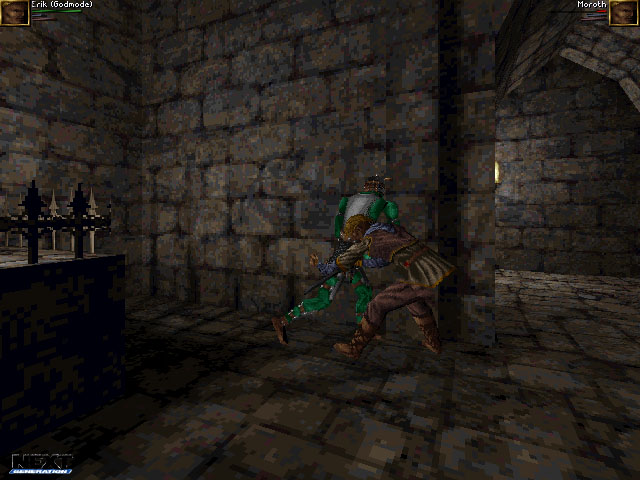
But what of the original ITS, and could anything be found or saved? Thankfully the rolling E3 character demo of ITS has been available online for sometime, which you can checkout in DOSBox. However, Abandonware France have produced a very easy to use installer to run the demo, and which we have added here. Anything of the SEGA Saturn and Sony PlayStation versions (if started) are sadly still at large.
Mikko Tähtinen also uploaded a series of screenshots and images, which we have also added to this archive gallery here. A developer also took apart the demos in 2018 and found a series of unused animations that you can see here: https://talonbrave.info/c/game-into-the-shadows/ and some archived discussions about the game when it was due can also be found here.
If you know anything more about the game, please do get in touch.
With a huge thank you to our Anonymous contributor for the suggestion and research links to help produce this piece, Ross Sillifant for additional research, Mikko Tähtinen for many of the images from his art website, Abandonware France for the demo installer, Retro CDN and Archive.org for some of the scans.
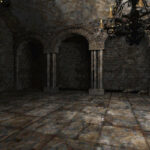
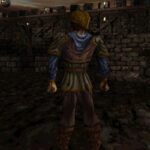
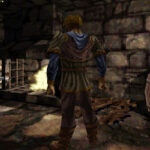
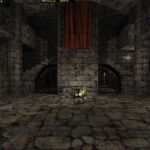
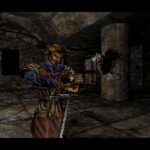
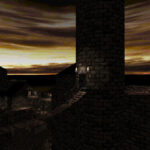
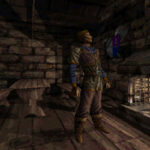
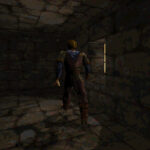
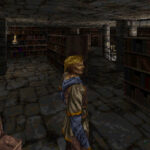
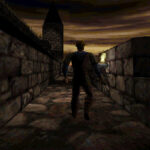
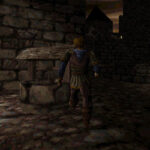
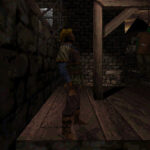
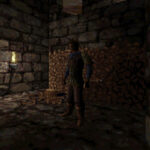
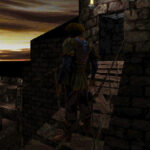
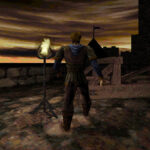
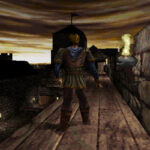
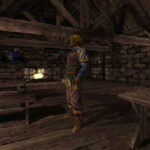
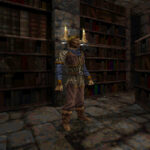
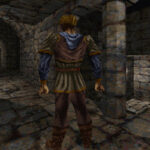
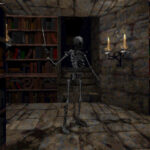
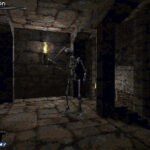
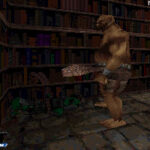
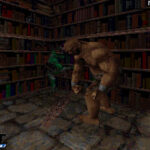
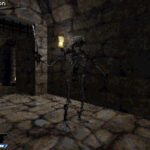
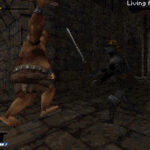
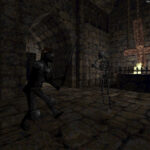
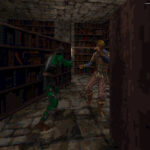
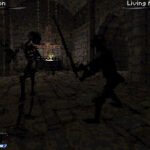
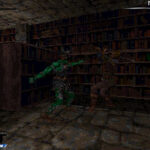
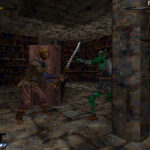
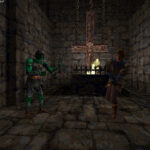
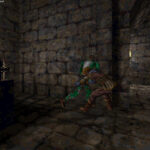
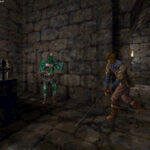
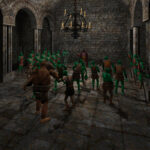
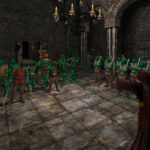
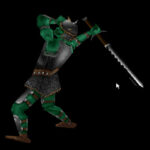
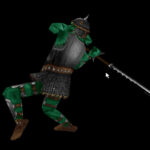
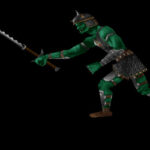
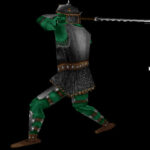
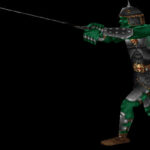
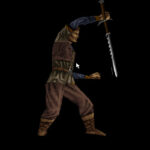
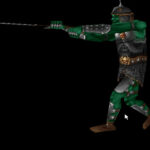
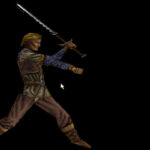
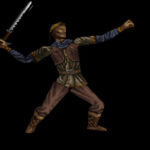
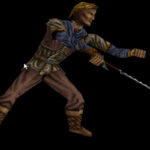
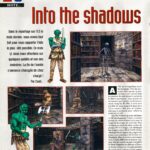


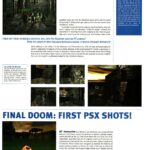
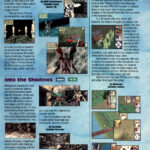
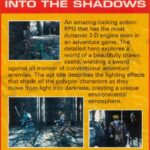
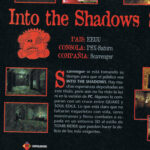

I (like many others) had a demo of ITS which seems to be from an earlier stage. It’s on youtube, see https://www.youtube.com/watch?v=5-oR77dC-bc. It had 4 different character segments, and I recall that, like many others, we were seriously impressed with the level of detail of the animations – note how e.g. the monk in the final segment turns his foot in a direction prior to moving his body! Likewise, the shadows of the skeletons on the floor triggered a lot of excitement on our end, and the lighting in general was really cool – just check out the animated torches!
Too bad it never got released. Back then we thought that its graphics were better than Quake’s, especially since it ran much better on our 486 machines than Quake’s demo did – especially on non-Intel CPUs (Quake was heavily optimized towards Intels floating point pipeline, which no other processor manufacturer at the time had, I believe). But keep in mind that this demo didn’t include any actual logic, had a very limited amount of characters, and small rooms – little of that did we realize back then.